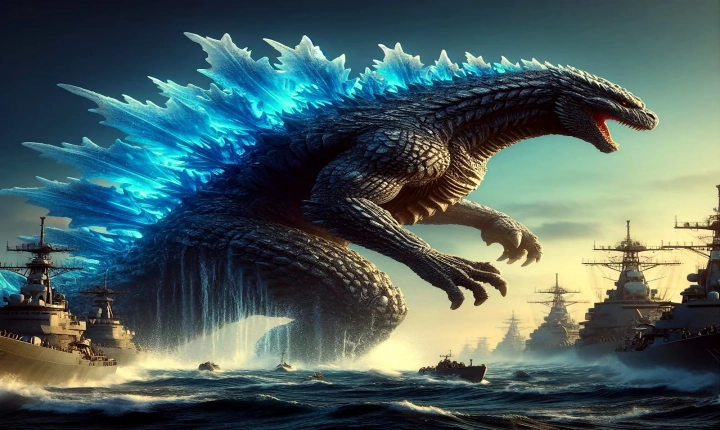Converting a PNG file back to an AI file can be an essential process in graphic design and illustration work. Adobe Illustrator (AI) is a powerful vector graphic editor that allows for precision and flexibility in creating images and designs, while PNG is a raster format commonly used for web graphics and sharing images. In some cases, you may need to convert a PNG file back to an AI file to further edit or manipulate the image. Though it’s important to note that converting a raster image to vector format is not always perfect and may result in loss of some details or quality.
There are a couple of methods to convert a PNG file back to an AI file, and one of the most common methods is to trace the PNG file to create a vector version of the image. Here’s a step-by-step guide to converting a PNG file back to an AI file:
1. Open Adobe Illustrator: Launch the Adobe Illustrator program on your computer.
2. Create a New Document: Click on “File” and then “New” to create a new document in Illustrator.
3. Place the PNG File: Click on “File” and then “Place” to insert the PNG file into the Illustrator document. Select the PNG file from your computer and click “Place.”
4. Image Trace: With the PNG file selected, click on the “Image Trace” button at the top toolbar. This will open the Image Trace panel, where you can choose different options for tracing the image.
5. Adjust Image Trace Settings: In the Image Trace panel, you can adjust the tracing settings such as the mode (e.g., Black and White, Color), the threshold, paths, and other options based on the nature of the image.
6. Expand: Once you are satisfied with the tracing options, click on the “Expand” button in the control bar to convert the traced PNG image into vector paths.
7. Save as AI File: After expanding the traced image, you can now save the file as an AI file. Click on “File” and then “Save As,” and choose the Adobe Illustrator format (.ai) as the file format.
It’s important to note that the quality of the converted file will depend on the complexity and clarity of the original PNG image. Simple images with clear lines and distinct colors tend to convert more accurately, while detailed and complex images may require additional manual editing in Illustrator to refine the vector paths.
In some cases, if you are unable to achieve the desired quality through image tracing, you may need to recreate the image in Adobe Illustrator manually. This involves using the Pen tool and other vector tools to redraw the image based on the PNG file as a reference. While this method can be time-consuming and requires a higher skill level, it provides more control over the final vector image.
In conclusion, converting a PNG file back to an AI file can be achieved through the process of image tracing in Adobe Illustrator. While the results may vary based on the complexity of the original PNG image, this method allows you to create a vector version of the raster image for further editing and manipulation. However, for more complex images, manual recreation in Adobe Illustrator may be necessary to achieve the desired quality and precision in the vector file.
